March 15, 2013
Air Date: March 15, 2013
FULL SHOW
SEGMENTS
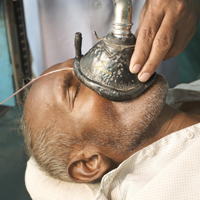
India’s Coal Killing Thousands
View the page for this story
India is developing rapidly, and much of that growth is fueled by one of the dirtiest energy sources, coal. With even more coal plants planned, a new study shows that pollution from coal-fired power plants is killing up to 115,000 Indians every year. Report editor Ashish Fernades joins host Steve Curwood to discuss the state of coal in India. (07:10)
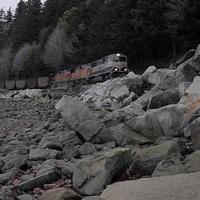
Voices of Coal
/ Ashley AhearnView the page for this story
The US coal industry wants to build facilities in the Pacific Northwest to export their product to Asia. The planned ports have divided local communities. Ashley Ahearn, of the public radio collaborative EarthFix, tells host Steve Curwood about the debate and the EarthFix project, Voices of Coal. (04:55)
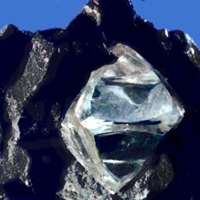
The Deep Carbon Observatory
View the page for this story
Researchers at the Deep Carbon Observatory are probing the biosphere deep underground, which could give a clue to the origin of life on Earth. DCO Executive Director Robert Hazen tells host Steve Curwood about the exploration of the diverse and abundant forms of carbon below the surface. (08:20)
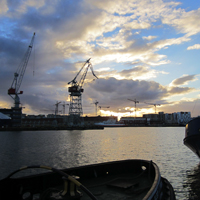
Land Rising
/ Rae Ellen BichellView the page for this story
Sea levels are rising around the world, swamping coastal areas as the climate changes and ice cover shrinks. Yet in some parts of Scandinavia the land is rising even faster than the sea, at least for now. From Finland, Rae Ellen Bichell reports. (07:40)
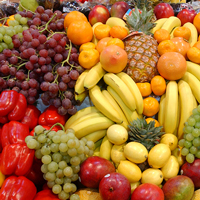
GMO Food Labeling
View the page for this story
From 2018 Whole Foods Market will require labeling for all genetically modified ingredients on products sold in its stores. Whole Foods’ Margaret Wittenberg tells host Steve Curwood that the grocery chain wants to give customers full information to make their own decisions. (04:40)
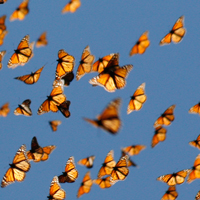
Monarch Migration
View the page for this story
Each spring, millions of Monarch butterflies migrate from Mexico north to the US. New research suggests that temperature plays a large role in signaling the butterflies to get moving. University of Massachusetts Medical School professor, Steven Reppert, tells host Steve Curwood that in the future, climate change could disrupt monarch migration. (05:05)
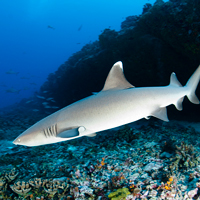
Endangered Species Gain More Protection
View the page for this story
The triennial conference of CITES, the Convention on International Trade of Endangered Species recently met in Bangkok, Thailand. From the Center for Biological Diversity's Sarah Uhlemann tells host Steve Curwood that several species of sharks received unprecedented protection but the international community declined to give more protection for the polar bear. (06:05)

BirdNote © Sage Grouse
/ Michael SteinView the page for this story
In spring, male Greater Sage-Grouse go to traditional areas, called leks and compete to lure females to mate with elaborate and noisy displays. But as Michael Stein reports, the birds are endangered. (02:10)
Show Credits and Funders
Show Transcript
Host: Steve Curwood
Guests: Ashish Fernandes, Robert Hazen, Margaret Wittenberg, Steven Reppert, Sarah Uhlemann, Ashley Ahearn
Reporters: Rae Ellen Bichell, Michael Stein
[THEME]
CURWOOD: From Public Radio International, this is Living on Earth. I'm Steve Curwood. An emerging public health tragedy in India, blamed on burning coal. And the Pacific northwest debates the merits of exporting coal to Asia.
HILL: The coal exports coming through I think is necessary; my kids live here, and I'm not concerned with the coal at all.
JULIUS: I believe this is one nation under God, but if things like this continue to go through it's not - it's one nation under money.
CURWOOD: Also, a visit to the land of the rising...land...
EHRS: You’ve probably heard this, what Mark Twain used to say to his son, ‘Buy land, my son because it’s the only thing not made anymore.’ But here, in Ostrobothnia, land is actually made.
CURWOOD: And the new land is actually due to melting ice. We'll have those stories and more this week on Living on Earth. Stick around.
[THEME]
[MUSIC: Boards Of Canada “Zoetrope” from “In A Beautiful Place Out In The Country” (Warp Records 2000)]
ANNOUNCER: Support for Living on Earth comes from Stonyfield Farm.
India’s Coal Killing Thousands
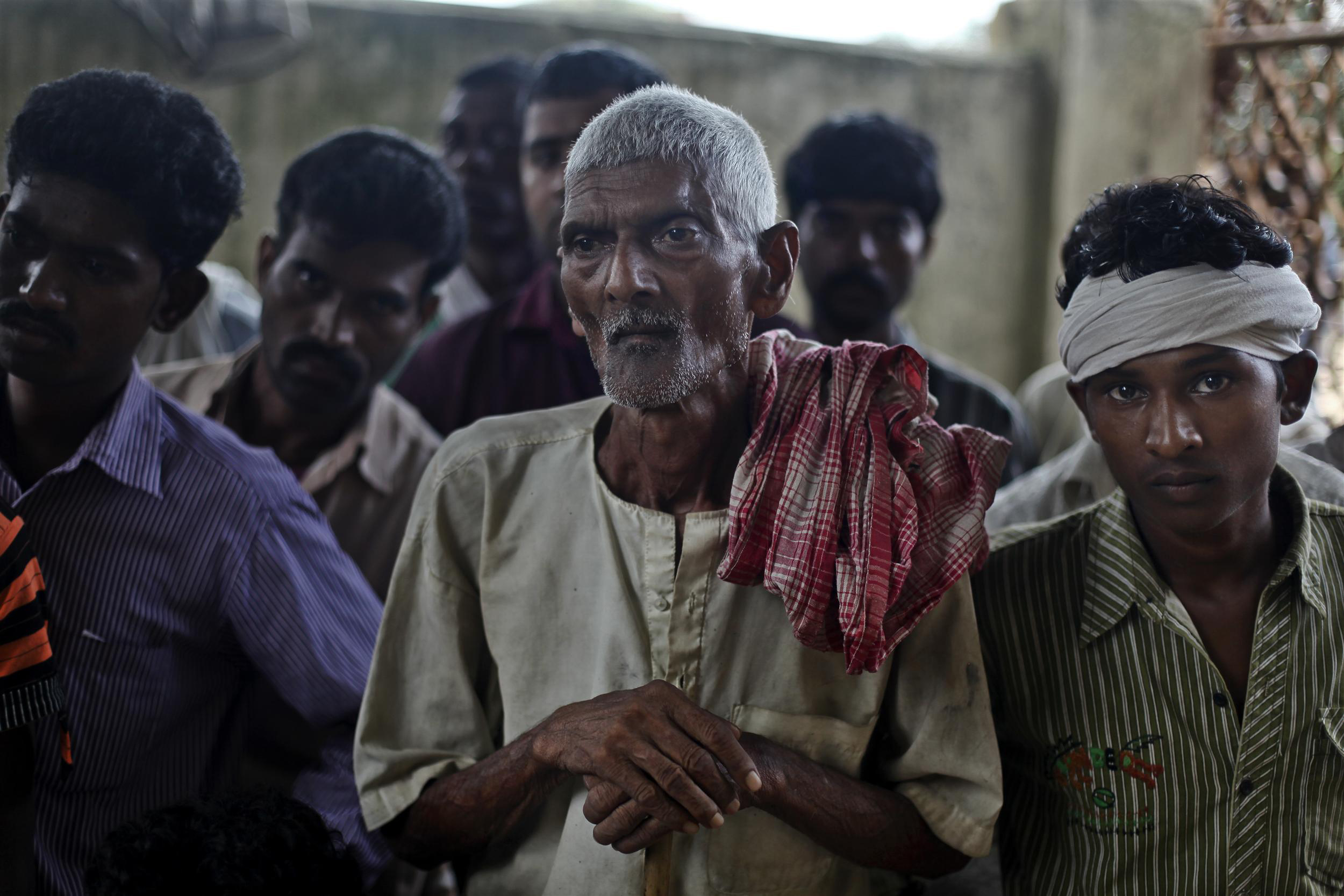
Local residents turned out in large numbers to attend public meetings about the impact coal mining has had on people, livelihoods and the ecology (photo: Greenpeace)
CURWOOD: From the Jennifer and Ted Stanley Studios in Boston, this is Living on Earth. I’m Steve Curwood. India has posted spectacular growth rates over the past decade, but it's been fueled largely by one of the dirtiest energy sources, coal, and there's a price to pay in public health. A recent study in India calculated that last year alone, pollution from burning coal led to between 80,000 and 115,000 premature deaths. Ashish Fernandes is a Senior Campaigner for Greenpeace who edited the report, and he joins us in the studio now. Welcome to Living on Earth.
FERNANDES: Hi. Thanks a lot.
CURWOOD: So how surprised were you by these numbers?
FERNANDES: We were surprised by the numbers. We didn’t think they would be this high, but frankly we had no idea of how high they would be because this is the first time anyone has done such an exercise. The important things to remember with these numbers is that while it may seem like its a whole lot higher than what it might be in the U.S. or Europe, there are a number of reasons for that.

Bhagwat Saw, 69, in the emergency section at Life Line Hospital. Bhagwat has been working as a coal loader for over 40 years and was discovered to be suffering from pneumoconiosis before having hernia surgery. (Photo: Greenpeace)
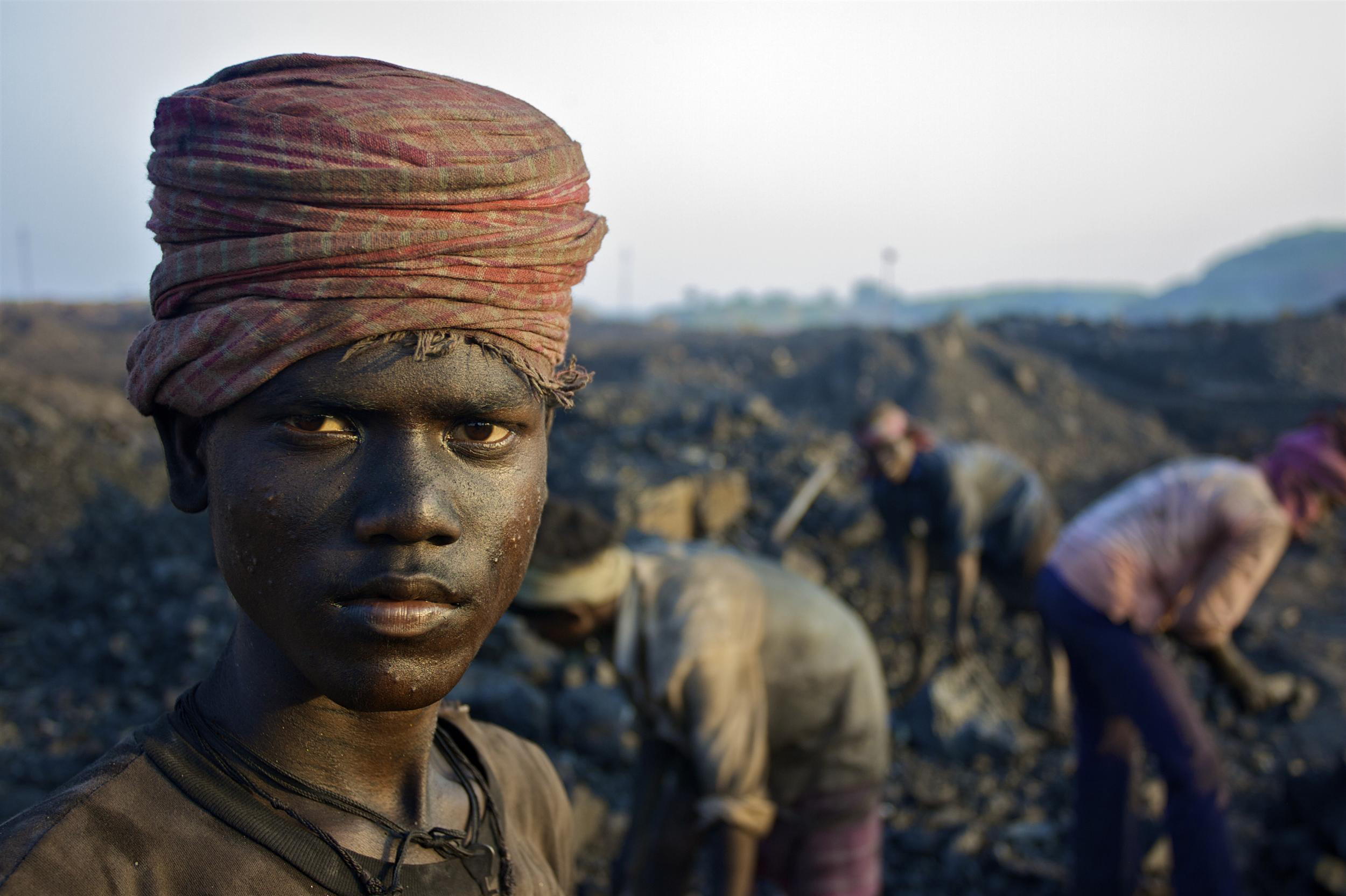
Coal worker, Ashiky, 22, in Jharia coal mine. Jharia is one of the most important coalmines in India and one of the largest in Asia. (Photo: Greenpeace)
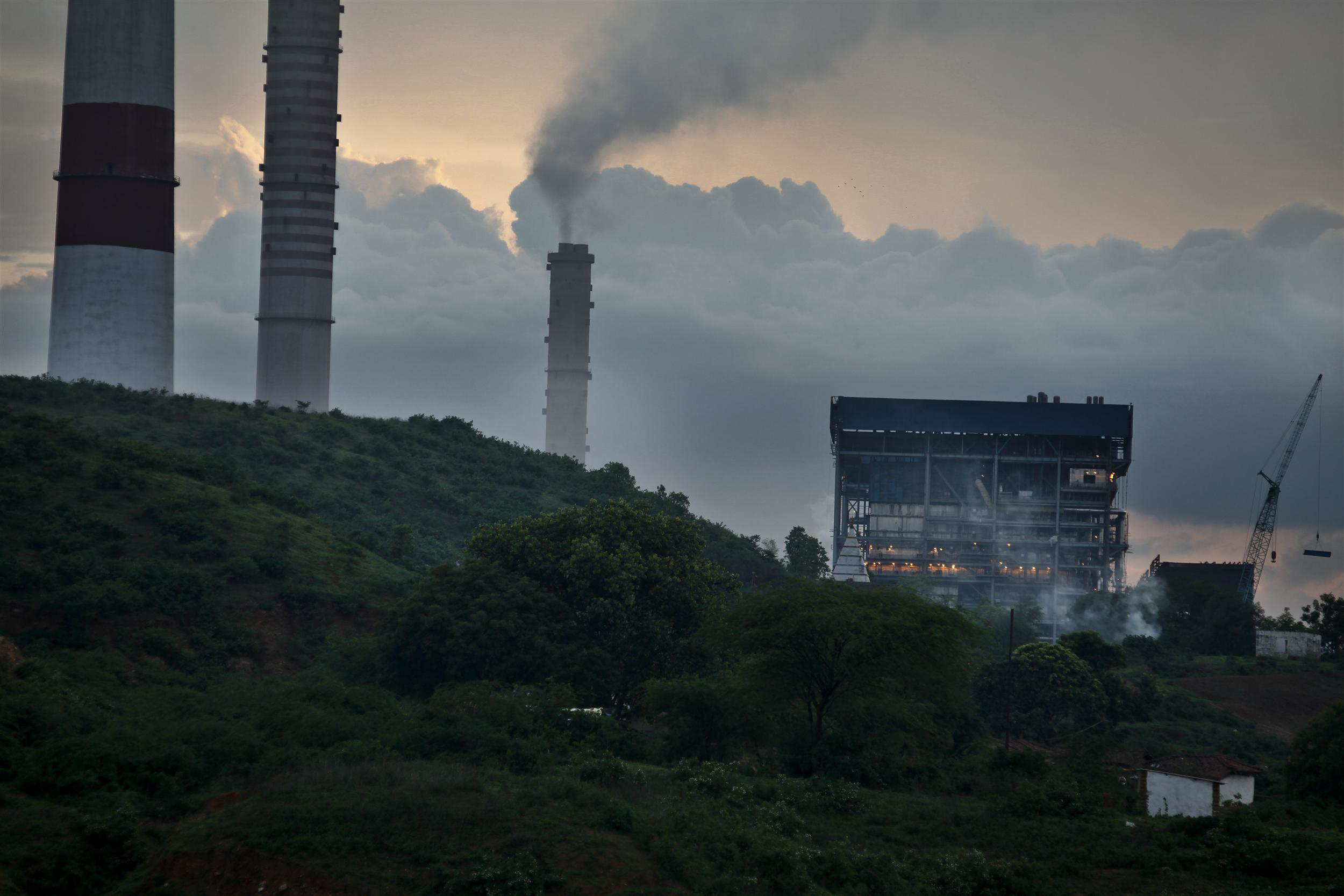
Anpara thermal power plant on the outskirts of Dibulganj, Uttar Pradesh. (Photo: Greenpeace)
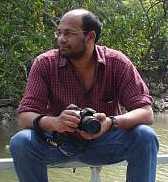
Ashish Fernandes (photo: Ashish Fernandes)
One is population density. India is a country of 1.2 billion people. No matter where you go in the country, you will have dense populations. Most of these power plants are located in central India or along the coast, places where you do have dense populations. That’s one.
Secondly, the coal has very high ash content, 40, 45 percent ash. Therefore, you’re going to have higher particular emissions. Because of the high ash content there’s low calorific value, so you have to burn a lot more coal to get one unit of electricity. Therefore again higher emissions. And lastly, the standards in place in India are either very low or nonexistent. So for particulate emissions standards, they’re really low. For sulfur and nitrous oxides, emissions standards just don’t exist. We don’t have any limits on those. You’re talking about really high emissions and no one knows what the specific plant by plant emissions are because there is no daily monitoring.
CURWOOD: So how do India’s regulations for coal compare to that, say, of the United States and Europe?
FERNANDES: India’s regulations for coal, in terms of emissions, are much lower than any other large economy. We’ve compared them with the U.S. standards, the European standards, the Australian standards and the Chinese standards. And it’s lower than even the Chinese standards. It’s lower than the American standards as well. Of course the US has tightened its standards of late. But even if you look at the particulate emission limits, which is the only limits that India has, they are about maybe ten times less than is currently permitted in the US.
CURWOOD: What exactly are people dying of?
FERNANDES: The main killer is basically cardiopulmonary diseases. So it’s heart attacks; it’s respiratory distress; severe asthma cases, things like that.
CURWOOD: The study says as many as 10,000 children under the age of five are dying from this air pollution. What might be killing them?
FERNANDES: Well, asthma is extremely common in most urban and semi-urban areas of India now. Partly because of coal-powered emissions, but in general air quality is mostly low in big Indian cities. So asthma among children is really really common.
CURWOOD: So, how are these health problems felt throughout the country, equally spread or some folks are more affected than others?
FERNANDES: Actually, that’s a great question. It’s not equally spread for a number of reasons. One is of course, the concentrations of where those plants exist. So if you look at a map of India, there’s a large number of these power plants located toward the eastern section of the country, in the center, and in the north. Secondly, you have to take in account wind patterns. And we have the monsoons different times of the year. The wind patterns are different. And the wind patterns take the emissions over different populations. Those plants that are located in less urban areas, or not close to big cities, are usually surrounded by low-income neighborhoods. So you have disproportionate impact felt by low-income residents.
CURWOOD: Now the United States is beginning to transition away from coal as a source of electricity generation, but India is going through such intense industrialization. What does the future hold for coal in India right now?
FERNANDES: It’s funny that you say that because you’re right - the Indian government is currently putting all its eggs in coal’s basket, if you like. They see coal as being the major delivery mechanism for electricity in India for the next 20, 30, or 40 years. That is really kind of misplaced.
Coal is not really going to be able to deliver India’s energy security. And the reason I say that is, one, our reserves in terms of how much coal we actually have left is probably overstated. The fact that Coal India Ltd., that’s the state owned coal miner, has missed its production targets for the last three years in a row is an indicator of that.
We cannot really import large amounts of coal because it’s simply too expensive to generate power by importing coal. Most of the coal we import is low quality coal from Indonesia. I know there’s talk in the US of India importing coal from the US coal mines as they shut down, as they stop their domestic supplies, but that’s just fool’s talk really, because coal from the US is going to be way too expensive for India to afford. Remember, most of the country lives on less than $2 a day. They’re not going to be able to afford coal from the US. So imports are not really a major option. And that’s why you’re seeing India currently has a power shortage of 10 percent, nine or 10 percent. And that’s because coal is not delivering.
CURWOOD: How concerned are Indian citizens about the health risks associated with coal-fired power plants?
FERNANDES: So coal is really being fought in India on a number of grounds. The mining is being fought by communities who are being displaced by those mines, by environmental groups because most of the coal is under forest as well, so forests have to be cleared. So there’s a lot of opposition from tribal communities as well as environmental groups. The coal power plants that are being set up are being fought by communities that are being displaced - farming communities, fishing communities who are having their land taken away.
What has not really happened is there hasn’t been much opposition on the health ground so far. And that’s why this report is actually quite important because it sets up the perspective to say this is not something we can ignore. This is a serious issue. You’re talking about thousands of people dying. And it’s something that the Indian government really needs to wake up to. Health needs to become an issue because India currently continues to plan thousands of gigawatts of new coal. And at the moment those new plans don’t include state-of-the-art pollution control limits. At the very least, any new plants being proposed need to have state of the art pollution control limits. Existing sources need to be regulated properly and monitored, and the old most inefficient power plants can be fazed out right now.
CURWOOD: What about alternatives to coal? What’s India doing along those lines?
FERNANDES: The bright spot I would stay on the horizon is that India’s renewable energy success stories are really coming out. So we still have about 400 million Indians who don’t have access to electricity around the clock. They’re not connected to the grid. They can’t flick on a switch and have light in the night.
Decentralized renewable energy is actually much cheaper to get them power as opposed to extending the grid 100 kilometers to the most remote village. The renewable industry has been going as a much faster pace over the last two or three years, both wind and solar now especially. And the Indian government has set fairly ambitious targets for solar for the next five years after 2017. But in terms of policy incentives, there’s probably still a lot more to benefit those two sectors. A combination of renewables, whether it’s solar or wind or biomass, that has potential to get power to people who so far have not gotten power from the grid.
CURWOOD: Ashish Fernandes is a Senior Campaigner for Greenpeace. Thanks for coming in.
FERNANDES: Thank you. Pleasure to be here.
Related links:
- The “Killer Coal” report, published by Greenpeace, Urban Emissions, and Conservation Action Trust
- Urban Emissions website
- Conservation Action Trust website
- Greenpeace India
Voices of Coal
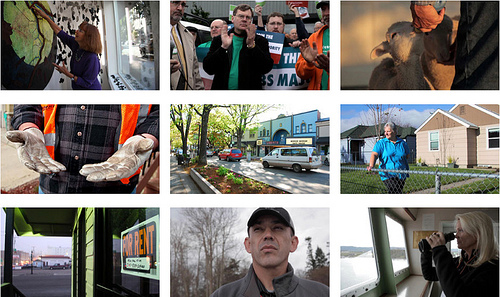
EarthFix's "Voices of Coal" project brings together diverse perspectives on the coal export debate in the Northwest. (Photo: EarthFix)
CURWOOD: As the United States turns away from coal, the industry is looking overseas. Though Indian power plants may not be able to afford American coal, there are five different proposals for coal export facilities in the Pacific Northwest aimed at the Asian market. Ashley Ahearn of the public radio collaborative EarthFix has been reporting on the fierce public debate these plans have caused.
AHEARN: The Voices of Coal project has come out over a year of reporting on the coal export issue here. And it’s just got people really fired up; mainly because of coal traffic that would come through the region, potential for dust, environmental contamination, diesel pollution...but also the huge potential for job creation, especially around the ports themselves. So as the economy’s down, that looks more appealing, especially for the blue collar jobs it could create.
What we’ve been doing the past year is really bringing together a really diverse group of sources, as any reporter does when covering a story. And I just started thinking, well, we have all these voices, they can’t all possibly be crammed into every radio story I do, but we can do audio profiles of these people that I encounter in my reporting, and the rest of EarthFix team encounters around the region. So this Voices of Coal project brings together all those people and their diverse perspectives on the coal export issue and how they see it affecting them and their way of life.
CURWOOD: So we’re looking forward to hearing those, and let’s start with the people for whom you found coal is definitely a blessing.
HILL: My name's Robert Hill, I'm a locomotive engineer with Burlington Northern Santa Fe. The coal exports coming through I think is necessary. My kids live here, they go to school here in Washougal, and I'm not concerned with the coal at all. I, as a conductor, when I've been on the ground, roll these coal trains by and I've never once been affected by coal-dust coming off. The railroad's been a fantastic opportunity for me and my family - it provides good wages, good wages, good jobs for families.
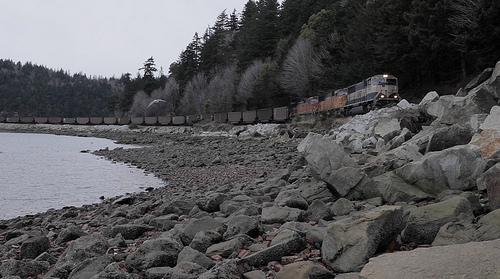
A coal train travels along Puget Sound en route to an existing coal export terminal near Vancouver, B.C. There are now 5 coal export terminals under consideration in Washington and Oregon to move coal from the Powder River Basin to Asia. (Credit: Katie Campbell/EarthFix)
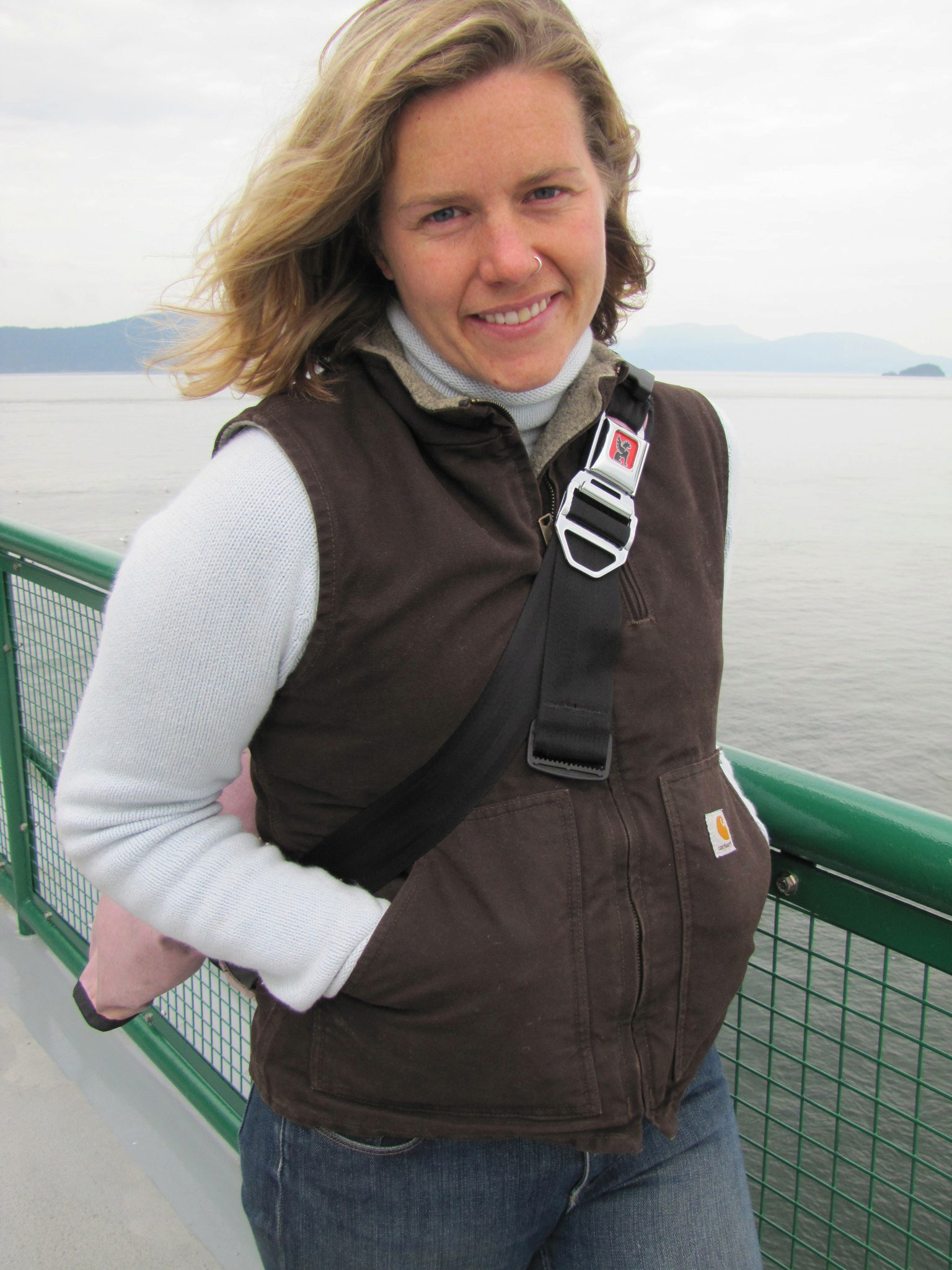
Ashley Ahearn covers science and the environment for KUOW and EarthFix, a multimedia reporting project based in the Northwest. (Photo: EarthFix)
AHEARN: And that’s a very real sentiment that a lot of people have voiced with us and our reporters around the region. This one was produced by Amanda Peacher, she’s with Oregon Public Broadcasting, one of the partner stations for the EarthFix project out here in the northwest.
CURWOOD: But, Ashley, there were also people who were adamantly against exporting more coal - what kind of objections did you hear?
AHEARN: Objections come from a broad variety of angles. There’s the local, people who are concerned about coal dust and train traffic, and how that will impact their lives. There are also people voicing larger concerns about the global climate change. We know coal is the largest single contributor to CO2 emissions globally. So when you look at exporting potentially 100, close to a 150 million tons of coal from the northwest, that’s a large amount of CO2 and that has people concerned for the climate change impacts.
As you know, ocean acidification is already a problem in the northwest - we’re seeing that impact our shellfish industry. And that is from our global CO2 emissions. So it’s a very real concern, not just sort of a nebulous, ‘oh, climate is changing elsewhere.’ No, this is a real issue in the northwest. And one of the more interesting, connected sources I found in my reporting are the tribes. The tribe that’s closest to the largest coal export terminal, the Cherry Point Terminal which would be located near Bellingham, Washington, is the Lummi Nation, and they are a traditional fishing nation, have lived on the shores of Puget Sound for thousands of years, and I met a young leader, Jeremiah Julius, Jay Julius, of the tribe. He’s a crabber, fisherman, and has been for years, and he told me about why coal exports concern him on his boat.
JULIUS: Fishing is our culture, to us culture is fish. So it could be and will be very detrimental if the coal goes through. Because you're talking 465 supersize tankers that aren't even allowed to come through here now. When you have that kind of traffic out here going up to Alaska from here to China, this would completely be eliminated, no more fishing. The impacts that we're going to feel here for our children's children, for 25 years of jobs - it's all about money. I believe this is one nation under God, but if things like this continue to go thru it's not - it's one nation under money and it's really tragic.
AHEARN: And Steve, as you heard mentioned in that conversation, there’s concern over these large ships that are going to be coming and going through Puget Sound to deliver and take away that coal from the terminals. And that’s a big concern for many who live in the San Juan Islands. For many people around the country, this is a world-enowned tourism hotspot, and 400 plus tankers at the maximum for that Pacific gateway terminal near Cherry Point ,would be a significant increase in tanker traffic through this region, and that has fishermen like Jay Julius concerned as well as the recreational and vacation industries in the San Juans.
CURWOOD: That's Ashley Ahearn from the Public Radio Collaborative EarthFix. And we'll play some of those Voices of Coal in coming weeks. There's more about coal in the Northwest and in India at our website LOE.org.
Related links:
- Voices of Coal project
- EarthFix homepage
- Ashley Ahearn’s webpage
- Click here for more information on coal exports in the North West
[MUSIC: Jimi Hendrix “Bleeding Heart” from People, Hell And Angels (Sony Legacy 2013)]
CURWOOD: Just ahead, from coal to the mysteries of deep carbon and the origins of life. Stay tuned to Living on Earth.
[CUTAWAY MUSIC: Tom Verlaine “Harley Quinn” from Warm And Cool (Thrill Jockey Records 1992)]
The Deep Carbon Observatory

Most of Earth’s carbon lies below the crust. (Wikimedia Common)
CURWOOD: It’s Living on Earth, I'm Steve Curwood. NASA just came up with some provocative news – more evidence that life could have existed on the Red Planet before it arose on Earth. Scientists announced that a drill sample brought up by the Mars Rover contained carbon as well as other elements necessary for life. And here on the blue planet, researchers have discovered tiny organisms deep underground that could be kin to those martian discoveries. The Deep Carbon Observatory has just published this finding, along with many others, in a compendium, called “Carbon On Earth.” Robert Hazen is its Executive Director of the Deep Carbon Observatory.
HAZEN: Yes, the Deep Carbon Observatory is a 10 year effort, we have 1000 investigators in 40 countries. This is an amazing adventure, and by bringing scientists from all over the world, physicists and chemists, geologists and biologists; in an integrated way we’re tackling this fundamental question in new ways.
CURWOOD: Help me with a little bit of basic chemistry. What's really cool about carbon as an element?
HAZEN: Carbon’s different from all the other elements because it bonds to itself so easily and in so many different ways. So you can start with a single carbon atom, and then start adding other atoms to it. You can add hydrogen, oxygen, nitrogen, sulfur and phosphorus or you can add more carbons to make a chain of carbon. You can make a ring of carbon. You can make branching structures that grow larger and larger. So, for example, polymers; everything from your hair and muscle fibers to the fabrics that make up your clothes and the plastics that we use all around us. Those are carbon-based molecules that are incredibly flexible.
You know, carbon is fundamentally the most important chemical element there is. It’s the element of life. Every biomolecule is based on carbon. It’s the element associated with most of our energy resources, and, of course, then it’s tied to environment and climate, but also new materials and all of the economic benefits that come from carbon-based materials. This is fundamentally important. Carbon is different from all other elements in that regard.
CURWOOD: Talk to me about microbes. I understand you've found evidence of deep microbial life, and not just a few feet under the surface of the Earth, but way down there.
HAZEN: Go down a mile, two miles, maybe five or six miles, and you'll find microbial life. Now this is very different from the kinds of microbes you see at the surface because they're sparse; they live very slowly; some of them hunker down and don't do anything perhaps for 1,000, 10,000, 100,000 years. And yet they’re persisting down there. And if you take all those microbes that live underground it's a significant fraction of all the biomass on Earth, but it's hidden from us. We really don't it understand yet. That's an exciting frontier.
CURWOOD: Now how do these microbes operate? It’s kind of hot, isn’t it?
HAZEN: Think about early Earth where the microbes first evolved. It was incredibly dangerous at the surface. You had harsh ultraviolet radiation. You had volcanoes. You had meteors and asteroids impacting the surface. The surface is a nasty place. If you could find a nice safe haven deeper underground, maybe that was the benign, not extreme place. So we know these microbes survive. They learn to live with very very little energy, and it's the energy that comes from rocks and minerals that chemically interact with water and other fluids deep underground.
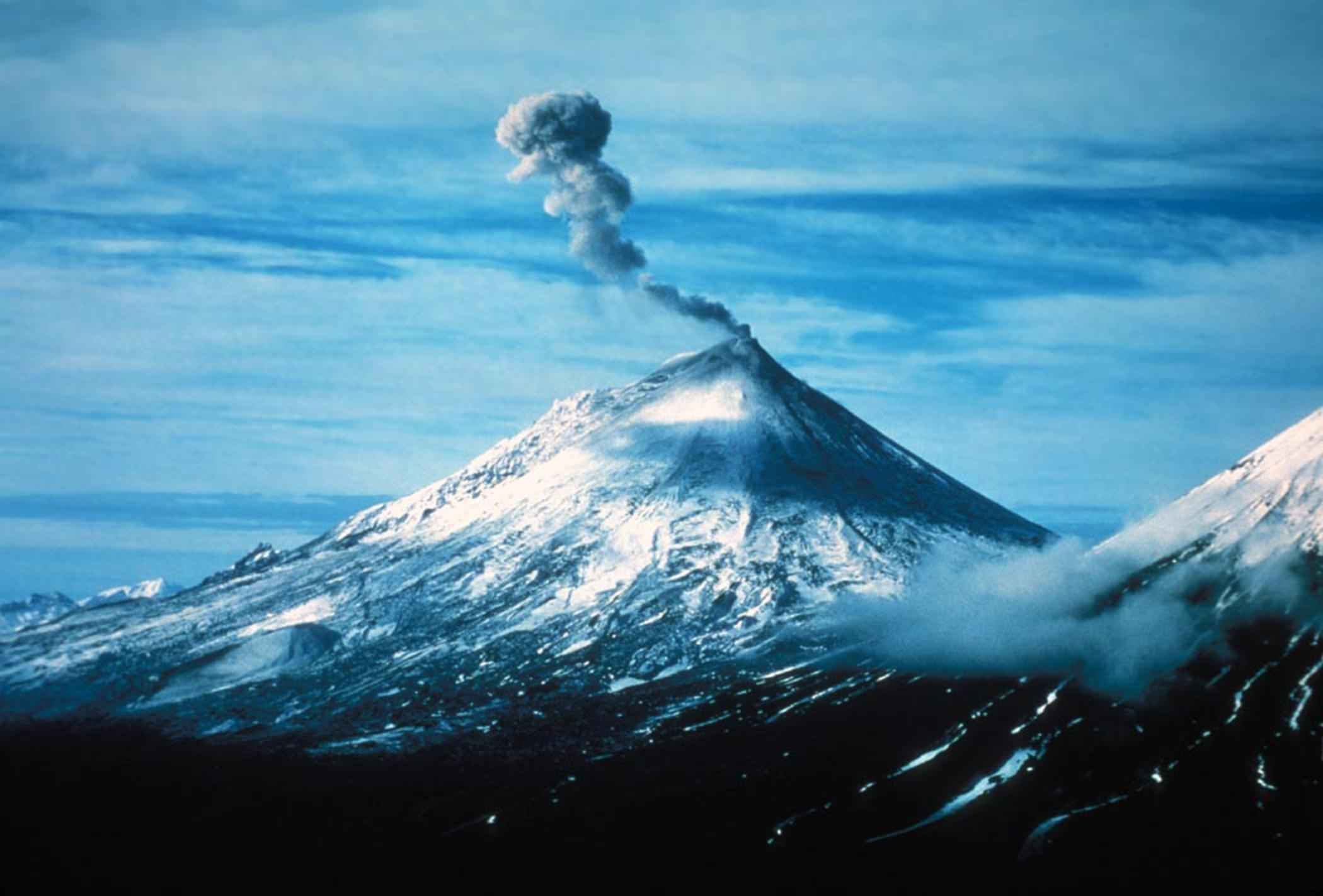
Volcanic activity is one area of the Deep Carbon Observatory investigation. (Wikimedia Commons)
CURWOOD: So, this might be the life that we would find on Mars?
HAZEN: Exactly. The idea of Martian life is the idea of deep microbial life. And here's a really amazing thing. You know Mars was warm and wet before Earth, and so many NASA scientists and members of the Deep Carbon Observatory as well are looking at Mars as possibly the place where life originated and then meteorites get blasted from the surface of Mars. They come to Earth, they may very well have delivered those deep microbes billions of years ago, and that microbial life may be what seeded life on Earth. This is a real plausible idea that life originated on Mars and, therefore, we are all Martians.
CURWOOD: I understand that there may be viruses way down there?
HAZEN: Wow, this such an exciting thing! There's another whole realm that I don't think any of us ever even thought about. Viruses, which give us the flu which gives you chickenpox - these viruses also live many miles beneath the surface.

Viruses common among human life could have ancestors below Earth’s crust. (Wikimedia Commons)

Microbial life abounds deep below Earth’s crust. (Wikimedia Commons)
But there's a difference. The deep “virusphere” as it's called, infect cells not by killing them, not by giving you, you know, where a virus infects a cell and kills it and makes more copies of the virus. But deep down there are not enough cells; you don't want to kill them. So the virus takes its DNA, it inserts its DNA into cells, that DNA can stay there for tens of thousands, maybe hundreds of thousands or even millions of years, just being passed from one generation of cells to the next, without the virus itself ever making copies of itself. And only when there's a flood of new nutrients and the cells start dividing might the viruses release themselves. So these deep viruses are everywhere, extremely abundant, and yet they’re very passive in the way they behave.
CURWOOD: So what findings have you made, you think might get made, in this process that might change our current climate models?
HAZEN: Of course, atmospheric and ocean compositions are fundamentally important, but we think that also understanding the fundamental way that carbon interacts with rocks and minerals may provide the baseline of knowledge that will allow us to tackle potential climate change problems. Are there ways, for example, of sequestering carbon efficiently underground? Are there ways that you could take microbes - living things are very good in precipitating limestone in coral reefs, for example. Could we take microbes, perhaps engineer them and alter them so that they could then more rapidly sequester carbon? Rocks, minerals, life. They’re all so closely connected together that you can't change one system without changing the others. And even as life and humans in particular are changing global environment, so Earth can change and ameliorate those effects if we understand how it works. That’s what the Deep Carbon Observatory is all about, understanding how Earth works as a planet.
CURWOOD: So what implications for energy production does your research have?
HAZEN: The Deep Carbon Observatory is not looking for new energy resources per se, but making fundamental discoveries about where hydrocarbons come from, about how they're distributed in the deep Earth interior, finding new deposits and new ways of forming hydrocarbons, much much deeper suggests there may be resources that we haven't tapped yet, and that there may be mechanisms for forming and processing hydrocarbons that we haven't yet realized.
CURWOOD: So at the end of the day what's really going to come out of this research, do you think?
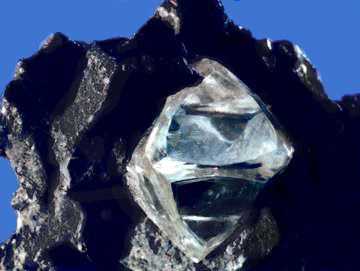
Rough diamond (Wikimedia Commons)
HAZEN: There are lots of things we know we don't know. We don't know how much carbon is coming out of volcanoes and so we’re going to be measuring that. We’re going to be measuring and detecting these deep microbial communities. We’re going to learn new things about how diamonds form. There’s lots of things we know we don't know, and we’re going to make progress on those. What really excites me, what keeps me awake at night is discovering things that right now we can't even anticipate. But I'll tell you one thing where there's a hint of discovery, which just I find so extraordinarily exciting.
We’ve talked about deep life, but that deep microbial life can only persist to about 130 degrees Celsius. Any hotter and we don't find cells. But it looks like we're finding something. And since the origin of life, there have been places on Earth where 130 Celsius and above have persisted. It's persisted more than four billion years in Earth history. So we may be glimpsing some kind of stage in the origin of life that’s still on Earth today, is still reproducing in its very slow methodical flat way on mineral services. That's a possible discovery. I won't make any claims, but stay tuned over the next seven years. You may be getting some really big headlines.
CURWOOD: Robert Hazen is Executive Director of the Deep Carbon Observatory.
Related links:
- Deep Carbon Observatory
- Robert Hazen’s page at the Carnegie Institution for Science site
- “Carbon In Earth” page at the Deep Carbon Observatory site
[MUSIC: Next Collective “Twice” from Coverart (Concord Music Group 2013)]
Land Rising

Scraggily new islands dot the Kvarken Archipelago UNESCO World Heritage Site. It takes about 50 years before the ground becomes useable for building houses. (Rae Ellen Bichell)
CURWOOD: The mean global sea level is now rising about 3 millimeters per year, or about an inch every decade. And even if that rate stays steady, the oceans will eventually flood coastal areas and displace millions. But there are a few places in the world where, at the moment at least, the land is actually rising faster than the swelling seas. From Finland, Rae Ellen Bichell has our story.
BICHELL: Look at a map of global sea level trends, and you’ll notice that almost all the arrows point up. But at the coastlines of Finland, Sweden, and even parts of Canada, the arrows point down. It’s not because the sea level is dropping in those places. It's because the land is actually rising.
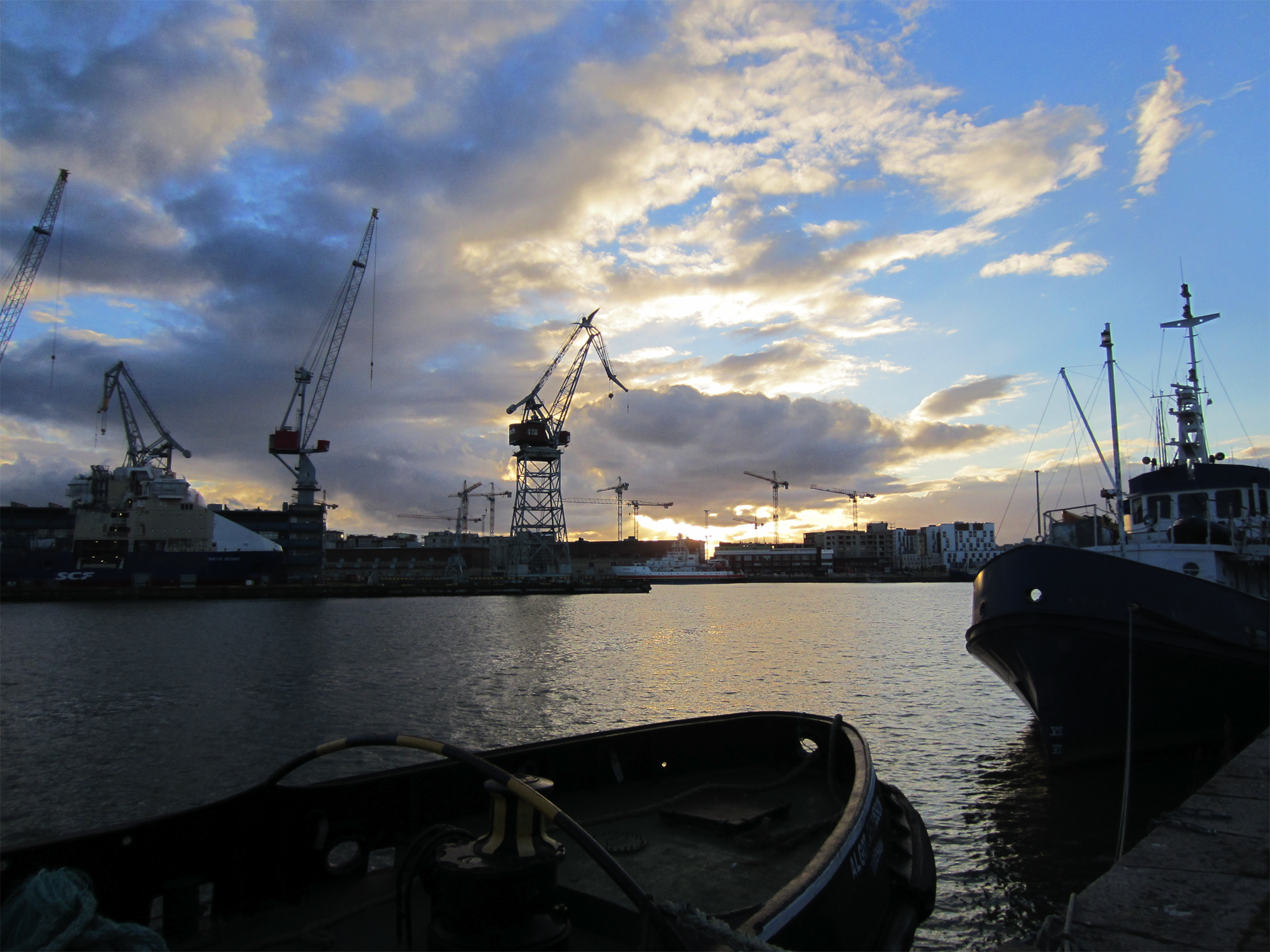
On the coast of Helsinki Finland, the land and the sea are rising at about the same pace, between 3 to 4 millimeters per year. (Rae Ellen Bichell)
EHRS: You’ve probably heard this, what Mark Twain said to his son: ‘Buy land, my son because it’s the only thing not made anymore. It’s a good investment.’ But here, in Ostrobothnia, land is actually made.
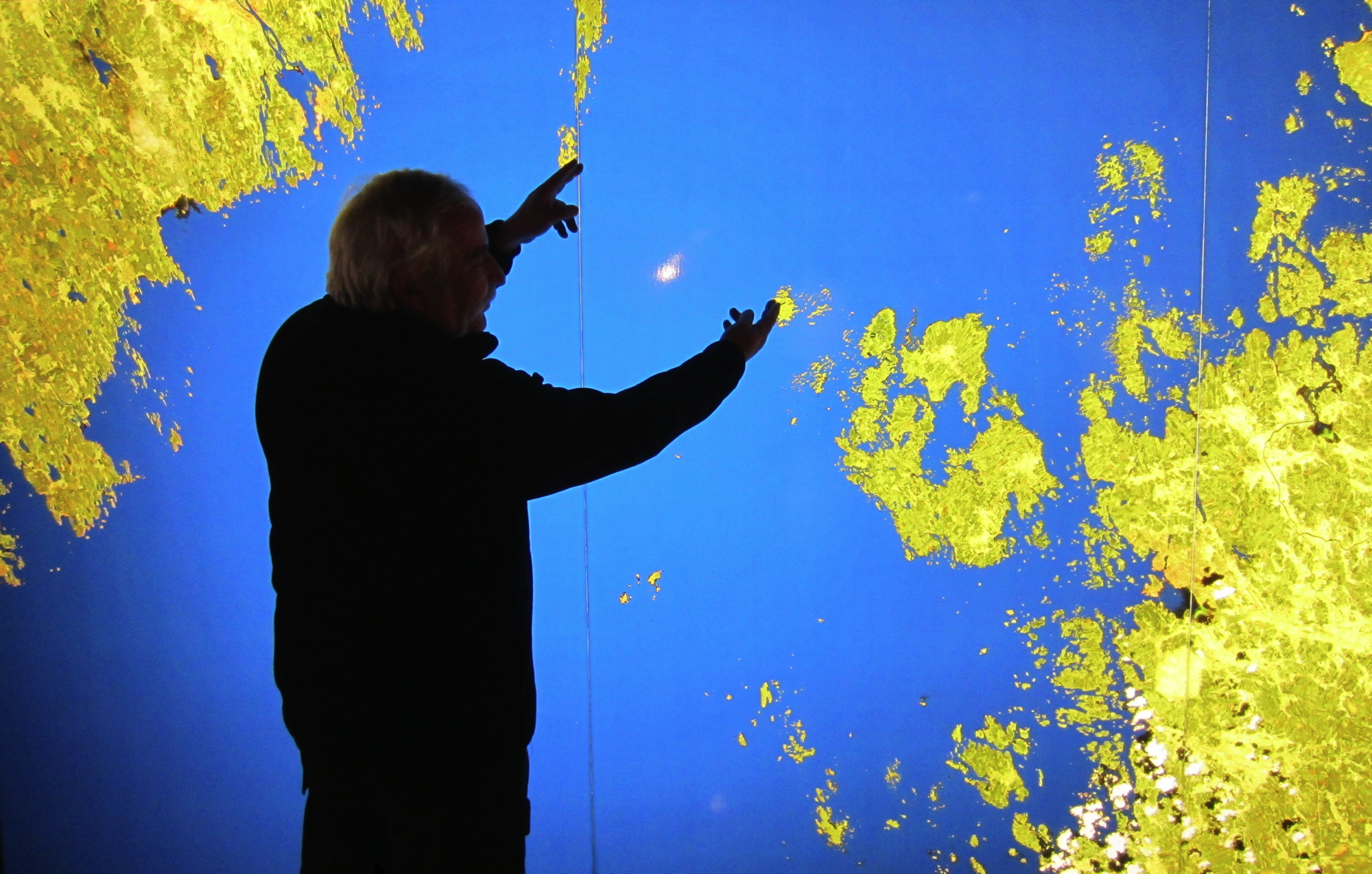
10 miles of open water now separates Sweden and Finland. In 2,000 years, the countries may be connected by a land bridge- if the swelling seas don’t outpace the rising land. (Rae Ellen Bichell)
BICHELL: That’s Susanna Ehrs, who lives in Vaasa, a city located about halfway up Finland’s western coast, in an area called Ostrobothnia. For the past 20,000 years, the land she now stands on has been rising out of the sea, fast enough for her to notice newly emerged patches of rocks and marsh reeds.
EHRS: Where my parents have their summer cottage, where I used to go and swim and we had our boat, it’s dry land today. So it’s, like, a bit over 10 inches in just thirty years, the land uplift. So it’s actually visible, yes.
BICHELL: Here’s why. During the last Ice Age, a heavy glacier weighed down this area, thicker here than anywhere else on the Eurasian plate. Ever since the mile-high slab of ice melted away, the region has steadily bounced back up—it’s now rising vertically between eight and nine millimeters per year, about as fast as fingernails grow. But because the ground is so flat, Finland is growing in size by an area equal to about 200 football fields per year.

At the Svedjehamn harbor, fishermen’s boats started scraping bottom in the 1920’s. Like many larger harbors on Finland’s western coast, it has had to migrate with the expanding shoreline. (Rae Ellen Bichell)
Anita Storm runs a small museum on the island of Replot in the Kvarken Archipelago. She says the only place to observe land uplift is from 60 feet above it, from a lookout tower facing the UNESCO World Heritage site that honors this geologic rarity.
[CLIMBING THE TOWER STAIRS]
STORM: We have no high points, no viewpoints. So this is a really important thing to get up in the air to get a clue about what the land looks like.
BICHELL: So, we have some little rocks that are scattered out in the ocean there. And those will probably be, in the next, I don’t know, 10 years? They’ll be on little tiny islands.
STORM: Yes, maybe 10, 15, 20 years.
BICHELL: The appearance of a scraggly new island creates a problem—who owns it? For a long time, nobody cared. They were just a bunch of rocks—useless for agriculture. Now, though, the Finnish Land Survey has an entire office that deals with landowners who want to lay claim to their expanding properties. Jan-Erik Mouts says there’s also an older, local system in place for the same reason.
MOUTS: The, what we call samfällighet, and that is this community taking care of this common land, common water.

Just a couple centuries ago this field was covered in water. (Rae Ellen Bichell)
BICHELL: By day, Mouts works at an energy company, but he’s also the leader of his village’s samfällighet, or ‘village commons,’ an organization set up 200 years ago to handle the question of just who owns this extra land. The system varies village by village.
MOUTS: In our village in Vestervik, we have decided that we will sell that to the one that is owning land from before and his shoreline is receding. So, he can buy that for himself. But in another village next to us, they have decided that any new island that is coming up is kept by the samfällighet, and that is common, common land for everyone in the village. So, they have not sold those islands. Instead, if somebody would like to build a summer cottage, they can rent that island.
BICHELL: For summer cottage owner Mikko Vesaaja, there are a few reasons to dislike about emerging land.
VESAAJA: It’s quite big problem if you want to warm, for example, sauna and go to swim and you have no water in front of you. And you have to swim in the mud.
BICHELL: Finns take vacation homes and saunas very seriously. The country has about one sauna for every two people. And in Ostrobothnia alone, there are over 21,000 summer homes, about one for every three families living in the region. Locals and vacationers tend to have trouble with their boats running aground.
VESAAJA: I had a boat, [LAUGHS] but it was too often in the stones. So I sold my boat [LAUGHS]. I don’t have boat anymore.
BICHELL: The rising coastline can be a headache for Vaasa’s city planners, too. The harbor has been moved at least seven times since 1600, and the city now has to decide whether to move back closer to the shoreline, as they’ve done before. Susanna Ehrs again.
EHRS: The whole city, it was located a few miles further east, like in the inland. Because that was then the coast, back then. Then, a decision was taken to move the city farther west to the waterfront, where it’s located today. And now we’re noticing the same problem, that was that the harbor—the port of Vaasa—it’s getting a bit shallow. Dredging has to be made every now and then, just so the great big cargo ships can come into the port. So, the land uplift is starting to, like, again take its toll.
BICHELL: Climate change has brought more severe storms and floods, and globally most coastal cities face an uncertain future. Even though land here is rising, that doesn’t mean Finns are safe from the sea. Kimmo Kahma is a senior researcher at the Marine Research Division of the Finnish Meteorological Institute.
[SOUND OF GAUGES AT THE FINNISH METEOROLOGICAL INSTITUTE]
KAHMA: So, this is the first tide gauge, or we call them “mareographs” in the Baltic Sea because we have very little tides. So, this is the first tide gauge in Helsinki…
BICHELL: Kahma and his colleagues manage a network of tide gauges that measures the height of the sea relative to land about once per minute. In Helsinki, Finland’s capital, there’s a tight race between the rising land and the warming sea—they’re both swelling at about the same rate.
KAHMA: Here, the land is rising only 3 to 4 millimeters per year, which means that it’s almost the same as the global sea level rise now, which is about 3 millimeters. So, it’s a very tight competition.
BICHELL: Do Finns still need to worry about changes in the global sea level?
KAHMA: Everybody has to worry about it, but we’re not really in the most vulnerable place.
BICHELL: Though it may seem painfully slow, the competition between the sea and the land is the geologic equivalent of an Olympic sprint. Climate modelers expect the sea to rise a foot or more by the end of the century, so some of Finland’s newfound land may slide back under the water. Still, if humans somehow manage to roll back carbon emissions and slow global warming, in a mere 2,000 years, Finns and Swedes may be able to walk across a freshly risen land bridge connecting their countries.
For Living on Earth, I’m Rae Ellen Bichell.
Related links:
- Marine Research Institute
- City of Vaasa
- Kvarken Archipelago World Heritage
- National Land Survey of Finland
[MUSIC: Ketil Bjornstad, Savante Henryson “Melting Ice” from Night Song (ECM Records 2012)]
GMO Food Labeling
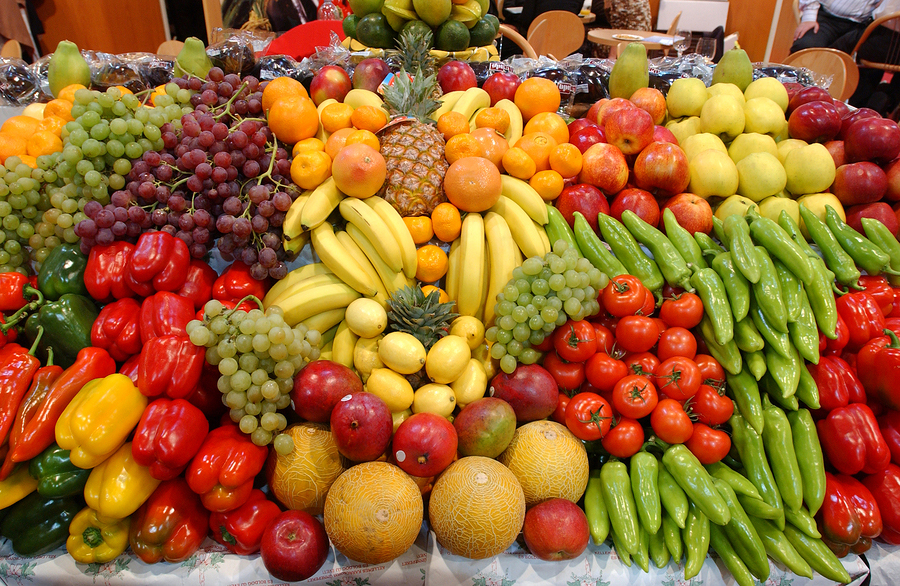
By 2018 food sold at Whole Foods Market will require labeling if it has genetically modified ingredients. (Bigstockphoto.com)
CURWOOD: Starting in 2018, Whole Foods Market will require its suppliers to label all products that contain genetically modified ingredients. The move comes in the wake of a failed effort to pass a ballot initiative last year in California that would have required the labeling of GM products. To explain the decision, we're joined by Whole Foods' Global Vice President of Quality Standards and Public Affairs, Margaret Wittenberg.

(Whole Foods Market)

(Whole Foods Market)
WITTENBERG: For us it's all about choice, the right to know. We work so hard on trying to have transparency in many other product areas that we have in the store, be it seafood or cleaning products, meat, whatever, and this is just going along with that; the transparency in letting the consumer make the decisions on what they want to have. Whether they are in favor of GMOs or not in favor of GMOs, labeling will be fine for everyone.
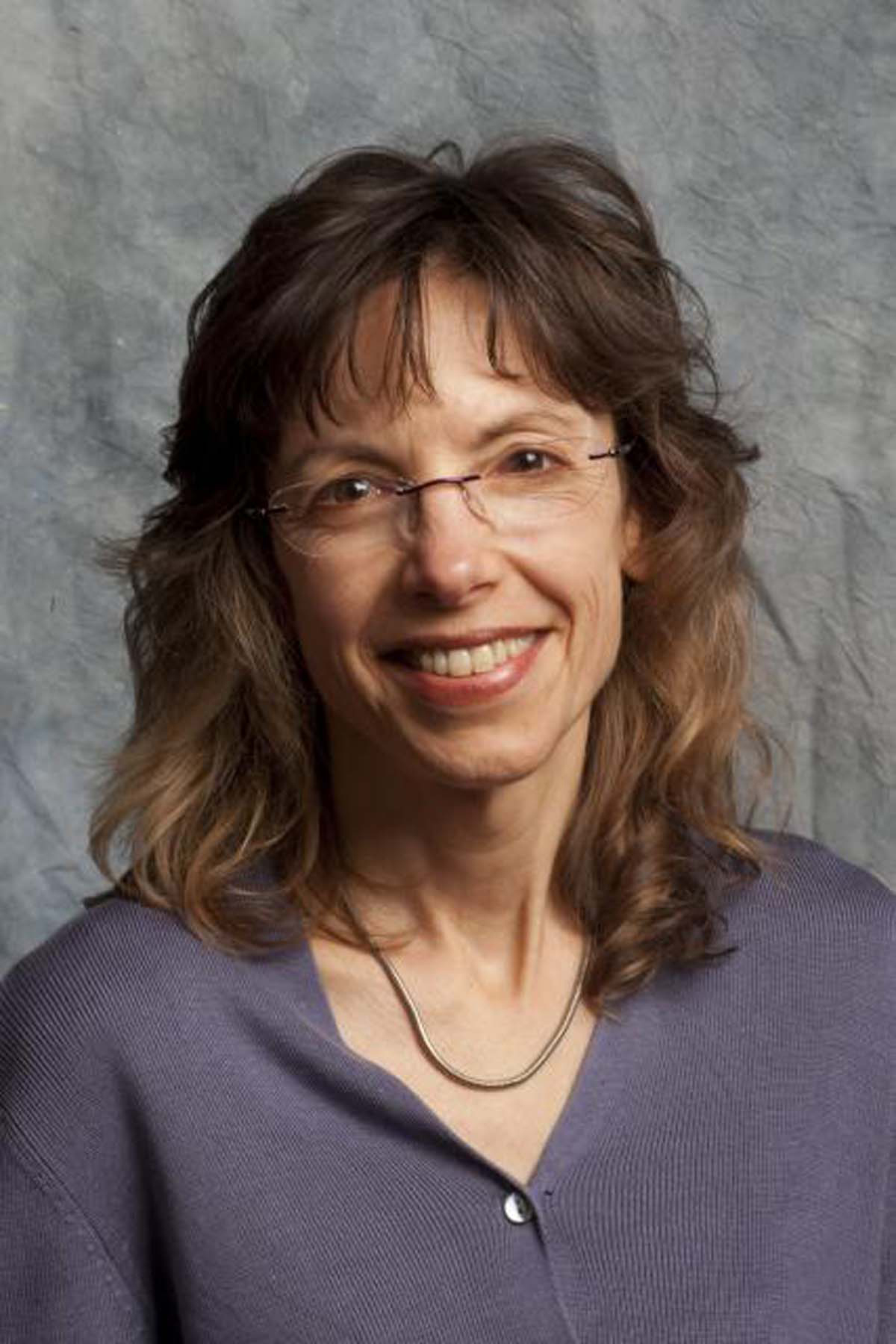
Margaret Wittenberg, Global Vice President, Whole Foods Market
(Photo: Whole Foods)
CURWOOD: Right now, if I walk into a Whole Foods market, am I able to purchase a product that has GMO ingredients?
WITTENBERG: What we tell people right now is that no grocery store can guarantee GMOs are not in their store on non-organic products. So what we tell people now, if you’re concerned about GMOs, look for organic, and also look for the non-GMO project verified products. Beyond that, we can’t guarantee it.
CURWOOD: We asked Louis Finkel of the Grocery Manufacturers Association to come on the program. He declined, but gave us this statement. I’d like you to respond to it. “GMA opposes special labeling for food products containing genetically modified ingredients because these labels could mislead consumers into believing that those food products are somehow different or present a special risk or potential hazard. US Food and Drug Administration,” that’s the FDA, “and numerous regulatory and scientific bodies including the World Health Organization, The Food and Agricultural Organization of the UN and the American Medical Association have all concluded that these products are safe. They are materially no different than products that do not contain genetically modified ingredients.” How do you respond?
WITTENBERG: Again, it’s all about choice in marketplace. We believe it’s just the right thing to do. If customers are just asking for - and this is just going along with how we’ve always advocated for transparency of information and products in our store - this is just the right thing to do for us.
CURWOOD: Whole Foods has a reputation for not selling products that many other chains would sell, for example, this is unacceptable for Whole Foods Market, the products containing high fructose corn syrup, or artificial sweeteners such as Saccharine or Aspartame. What does Whole Foods believe that causes you to have that policy?
WITTENBERG: When we opened our doors in September 1980, we started with no artificial flavors, colors and preservatives. And when we did that it was at the time when there were more products coming out of the marketplace that were fitting that bill. And we believe it's really important for our consumers to have access to good quality food, food that does not contain artificial flavors, colors and preservatives. And that has been what our consumers have banked on us for doing, and you know, those of us who work here want that in our own diets as well. So we provide an alternative for consumers who are interested in it, and with our success it’s clear that this is what consumers want.
CURWOOD: How do you think this is going to affect your suppliers who do use GMO sources?
WITTENBERG: Well, we have many who are on their way to sourcing from non-GMO verified sources, along with those who are 100 percent organic. Suppliers are going to have to ask deeper questions about their ingredients, but when we made this announcement last week, at a big supplier meeting, we got quite an ovation from them - which tells me that they really share in that sentiment of a consumer’s right to know.
CURWOOD: What’s been the response so far to your announcement?
WITTENBERG: Oh, just ecstatic! It’s really hit a chord with consumers. I think over the years with the people trying to advocate with the FDA, and having many many petitions that had thousands, even millions of signatures...and the FDA saying “no, no, no, we’re not going to do it.” This has just been an ecstatic response from our consumers knowing that finally, they’re going to be able to make a choice.
CURWOOD: Margaret Wittenberg is Global Vice President of Quality Standards and Public Affairs for Whole Foods. Thank you so much for taking the time, Margaret.
WITTENBERG: You bet. My pleasure. Thank you.
Related links:
- Whole Foods Market Statement on GMO labeling
- More about Margaret Wittenberg of Whole Foods Market
- More about Louis Finkel of GMA
- Whole Foods Market
- Grocery Manufacturers Association
[MUSIC: Bill Laswell “Beyond The Zero” from Dub Chamber 3 (Universal Records 2000)]
CURWOOD: Coming up...there's good news for sharks, but not for polar bears. That's just ahead here on Living on Earth.
ANNOUNCER: Funding for Living on Earth comes from the Grantham Foundation for the protection of the environment, supporting strategic communications and collaboration in solving the world’s most pressing environmental problems. The Gordon and Betty Moore Foundation. The Kendeda Fund, furthering the values that contribute to a healthy planet. And Gilman Ordway for coverage of conservation and environmental change. This is PRI. Public Radio International.
[CUTAWAY MUSIC: Thievery Corporation “Batido Alto” from Mirror Conspiracy (ESL Music 2000)]
Monarch Migration
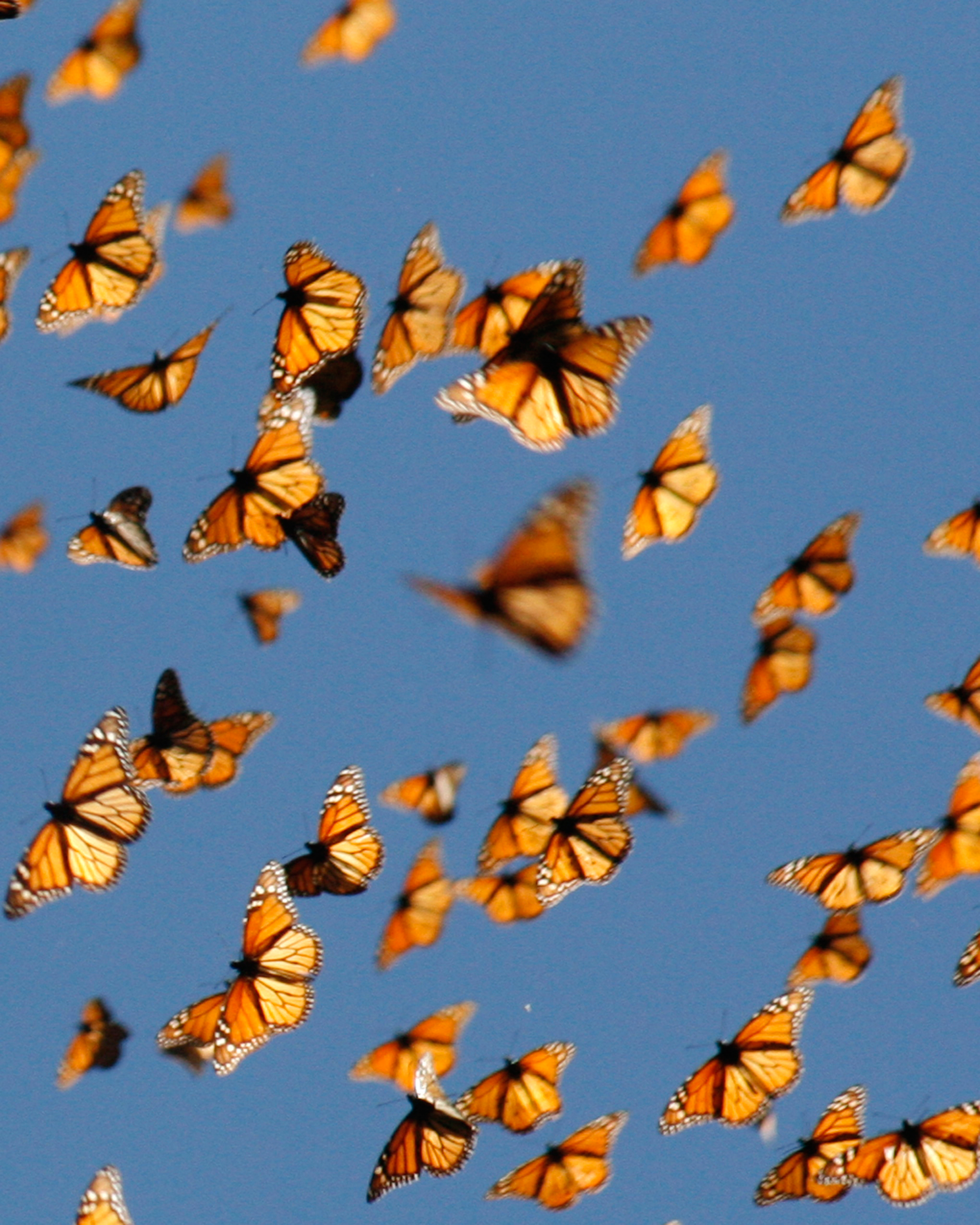
The fall monarch migration (Monarch Watch)
CURWOOD: It's Living On Earth, I'm Steve Curwood. The vernal equinox marks the start of spring, and in Eastern North America that signals the return of those black and orange beauties, the Monarch butterflies. Every fall these butterflies wing thousands of miles south to a small patch of forest in the mountains of Mexico.
Years ago, the Monarch winter roosts covered 50 acres. In 2011, it was down to about seven, and last year just three acres. Scientists blame the butterfly decline on a host of factors, from drought to pesticides, and they are hurrying to understand the migration cycle. Dr. Steven Reppert, a pediatrician turned neurobiologist at UMass. Medical School has some new clues.
REPPERT: In the fall, in eastern North America, you have close to half a billion Monarch butterflies that are freshly emerged from their chrysalis case as adult butterflies. And those butterflies, they have increased life span, and they have this incredible urge to fly south. So they make this long journey flying by day. It can take them two months to get to the overwintering site, in a pine forest on the top of this mountain range in central Mexico. In the spring, these butterflies flip their orientation direction and now start to go north. So that in change orientation direction is really critical for the continued success of migration.
CURWOOD: Explain for me how you designed your experiment to figure out what's the cue that gets them to come north?
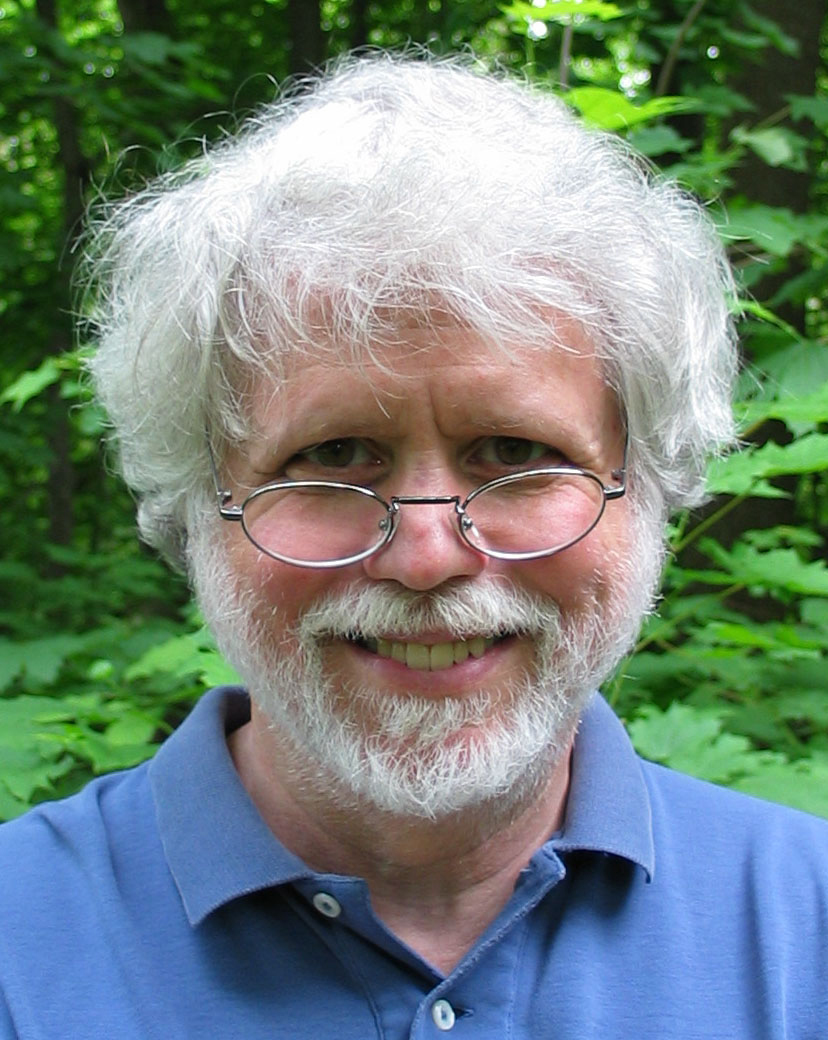
Steven Reppert (Steven Reppert)
REPPERT: Well, there were two main cues that we thought were the most reasonable to look at. One was, there’s a subtle increase in day length at the overwintering sites of about one hour over a two month period. And the other thing is, the temperatures at the overwintering site really hovers just above freezing.
And it’s been felt that cold temperature was important to keep the metabolic demands for the butterfly sort of in check. But if it gets too cold, the butterflies could freeze and if it’s below freezing they’ll die. And we mimicked what had been recorded by probes that were actually in the middle of a mass of butterflies at the overwintering site for a 24-day period in butterflies that had just started migrating south in the fall. So what we found is when we exposed butterflies to both the low temperature and we also exposed them to the gradually increasing day length, we put them in a fight simulator and the butterflies flew north. So clearly that cold pulse is essential for the shift in the orientation behavior.
CURWOOD: These days, of course, we’re talking about a warming planet, a warming world. What would happen to these butterflies if it's a bit warmer where they want to overwinter?
REPPERT: This is sort of an extreme example, but one of the important aspects of the experiments we did was we took butterflies that had been migrating south for several months. They were captured in the southern United States in October. And then we brought them back to Massachusetts and we put in them in the lab in “fall-like” conditions. So these butterflies had been in the laboratory without exposure to this cold pulse for four months, and we brought them outside in March in Massachusetts. And we asked the question which way are the butterflies going to go - and they went south. These butterflies now not having been exposed to cold continued to go south. And so we don't yet know exactly what the critical temperature threshold is, but it’s a point of vulnerability where the butterflies, if exposed to warmer temperatures during that period, may really interfere with the re-migration north.
CURWOOD: How are Monarch butterflies doing as a species these days?
REPPERT: As a species they’re doing pretty well. They’ve been transplanted all over the world. They live fine as long as there’s milkweed. But what we’re talking about here that is so remarkable that we’re trying to preserve is this actual long distance migration of the Eastern North American butterfly, which is like a piece of art. We don’t want it to disappear.
CURWOOD: How does a pediatrician become interested in butterflies?
REPPERT: That’s how I got turned onto science when I was eight years old [LAUGHS] was studying moths and butterflies. But it is a long-standing interest of mine.
CURWOOD: But you are a lepidopterist instead of a doctor.
REPPERT: I am a...yes, I guess I am an amateur lepidopterist. But more of a neurobiologist, trying to understand how the brain works in an insect like the Monarch butterfly where again, we’re talking about how a small brain the size the head of a pin incorporates information about time and space and leads to this remarkable migration behavior.
CURWOOD: Steven Reppert is a pediatrician by training, and now a lepidopterist-neurobiologist working at UMass. Medical Center. Thank you so much, Sir.
REPPERT: You're welcome. Thank you for your time.
Related links:
- The Reppert Lab
- Monarch Watch
[MUSIC: Monarch Butterflies Q&A: Eliane Elias-Marc Johnson “B Is For Butterfly” from Swept Away (ECM Records 2012)]
Endangered Species Gain More Protection
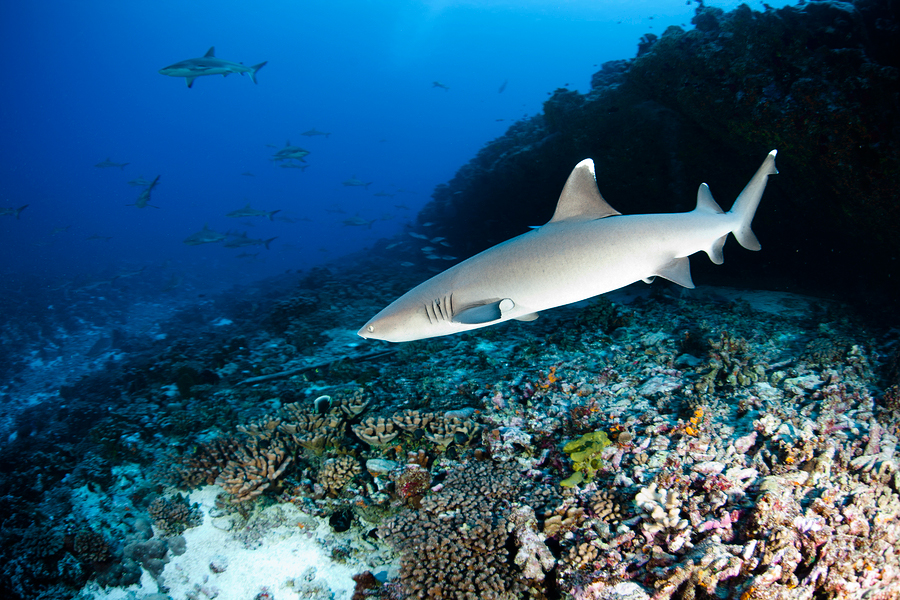
The Oceanic White Tipped shark is valued for its fins for shark fin soup. (Bigstockphoto.com)
CURWOOD: Back in 1975 representatives from 80 countries agreed on a set of legally binding rules for regulating the international trade of threatened plants and animals. The result is CITES, the Convention on International Trade of Endangered Species. Today there are 177 member states and they recently finished their triennial meeting in Bangkok, Thailand. Sarah Uhlemann is Senior Attorney for the Center for Biological Diversity. She was in Bangkok for the meeting and joins me now for a wrap up.
UHLEMANN: Overall, with the very large exception of Polar bears, this was a very successful meeting for conservation. We had five species of sharks listed, two species of rays, 47 species of turtles and some endangered tree species that were all protected in Bangkok over the past couple weeks.
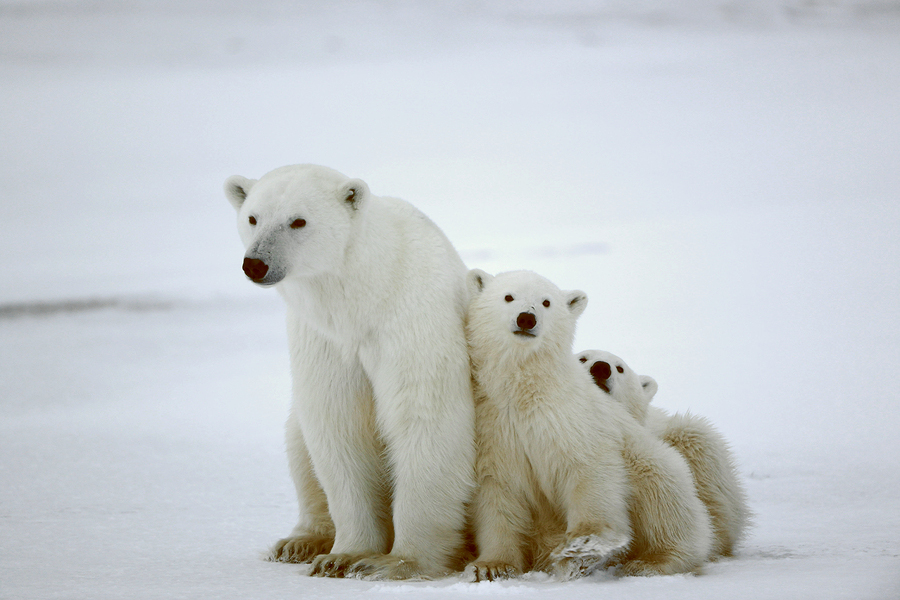
Polar bears are internationally valued for their pelts to be made into rugs. (bigstockphoto.com)
CURWOOD: Talk to me about the process involving sharks.
UHLEMANN: Basically the way CITES works is there are two lists. First is Appendix One, and if you’re a species on Appendix One, commercial trade internationally largely is entirely banned. The second list is Appendix Two which includes species that although they’re not necessarily yet threatened with extinction are definitely in trade, and if trade isn’t controlled are on their way to potentially being threatened. So at Bangkok there were five species of sharks that were listed under Appendix Two, so this lesser but still very important list. So because of this listing the trade of these five species of sharks will be tracked and limited.
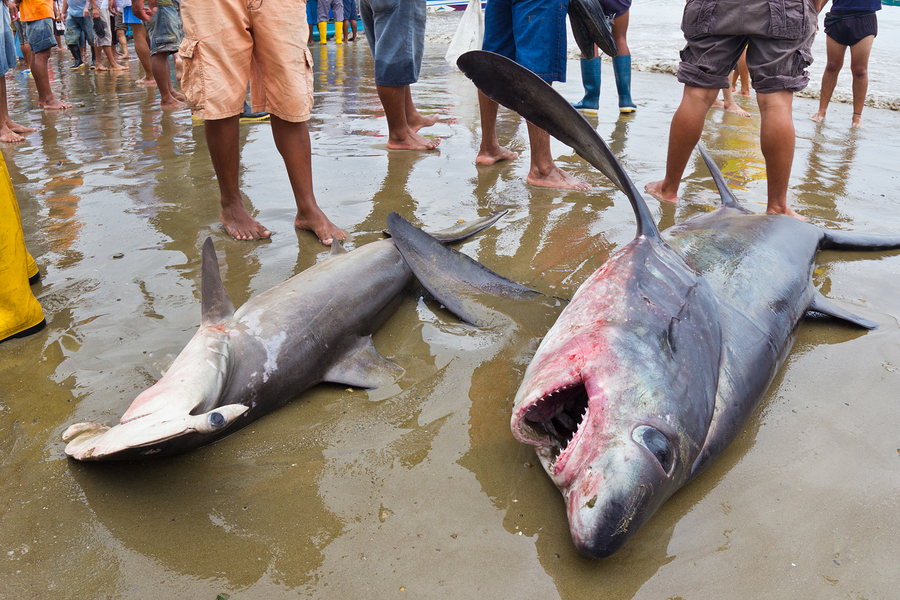
Shark hunting is decimating some species of sharks. (Bigstockphoto.com)
CURWOOD: Now these aren’t the first limitations put on sharks, are they?
UHLEMANN: No. Over the past ten years or so there were three other species listed, but those species, which include the Great White shark, are species largely targeted by trophy hunting. So these five sharks were listed because they're targeted for the shark fin trade, something that is definitely growing and a very concerning issue. Among the species are the Scalloped Hammerhead, which is considered the most valuable of shark species for fins. Then we also have the Porbeagle which is one of the world’s most threatened shark species. It’s declined by about 95 percent recently, and the Oceanic White Tip which is this shark which has these gorgeous long fins that have these white tips.
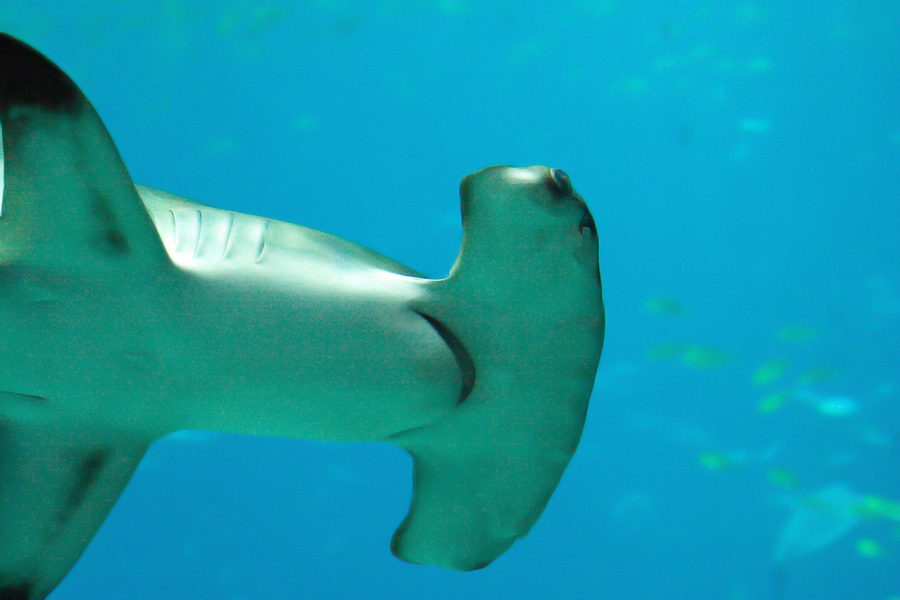
Hammerhead sharks school together, which makes them easier to hunt. (Bigstockphoto.com)
CURWOOD: How were the negotiations about the sharks? How did those proceed?
UHLEMANN: Well, definitely the most exciting part of the meeting I would say were the sharks! So on March 11, the countries got together and decided that these five shark species should be listed on Appendix Two. It was voted on by really just a hair, something like three votes. At the end of the meeting, the parties come back together and review the decisions made earlier in the week and confirm them. And that came even more down to the wire – really by one vote. So it did finally get approved which is a huge relief to everyone and ultimately a huge conservation success.
CURWOOD: Things went well for sharks, but perhaps the same thing can’t be said for Polar bears. What happened there?
UHLEMANN: Polar bears were a huge disappointment this year. It’s really the one species that did not go well. The US had proposed to list Polar bears on Appendix One. So that means a complete commercial trade ban internationally of pPlar bears. I think people are surprised to learn that this is also a species that is very much in trade. and about 400 of these bear pelts end up as rugs in the rug trade internationally. So the US with the support of Russia had proposed to ban this trade. Unfortunately, the world failed Polar bears and didn't agree.
CURWOOD: Who was opposed?
UHLEMANN: Canada actually was a strong voice in opposition. Back into 2008, the US listed the Polar bear as a threatened species under our domestic Endangered Species Act, and Canada looked at the same issue under its Endangered Species Act in 2011 and declined to list the species.
CURWOOD: So what's the hunting involved in Canada? Is this indigenous? Is this among the Inuit and the Nunavut, or is this commercial hunting?
UHLEMANN: Hunting in Canada is done by the Inuit, both for subsistence and for commercial trade. And if the species were to be listed under CITES; CITES really only deals with the international commercial trade. So Polar bears would still be subsistence hunted - that would not stop - it would really only be the international commercial trade and the pelts themselves.
CURWOOD: CITES, of course, isn’t only for protecting animals. There a number of plant species that it considers. Some gained protection this year. Can you tell me about that?

Sarah Uhlemann, senior attorney for the Center for Biological Diversity (Photo: Center for Biological Diversity)
UHLEMANN: Sure. There were several species of endangered trees that were protected at CITES. This includes several species of Rosewood, as well as Ebony. And these are gorgeous tree, which unfortunately also make very lovely furniture - a huge demand for this furniture particularly in China. So a number of countries have proposed that these trees be listed on Appendix Two, so basically that the trade be tracked and limited, and it was passed, which was a great conservation success.
CURWOOD: In another three years, the Convention on International Trade of Endangered Species, CITES will meet, I think it’s in South Africa.
UHLEMANN: Yes.
CURWOOD: What progress do you think will be reported there, and what will be some of the urgent questions do you think?
UHLEMANN: I think next time in South Africa we will be looking at more shark species. I would also keep my eye on Arctic species. CITES is really starting to consider the impact of climate change, something that’s going to be threatening a large number of wildlife species, and a lot of these species, like the walrus, like the narwhal, like the Polar bear, are in trade. So I think those species will be on the list as well.
CURWOOD: Sarah Uhlemann is Senior Attorney for the Center for Biological Diversity. Thanks so much for taking the time with us today.
UHLEMANN: Thanks. It was great talking to you.
Related links:
- CITES Website
- More about the Center for Biological Diversity
[MUSIC: BIRD NOTE® THEME]
BirdNote © Sage Grouse
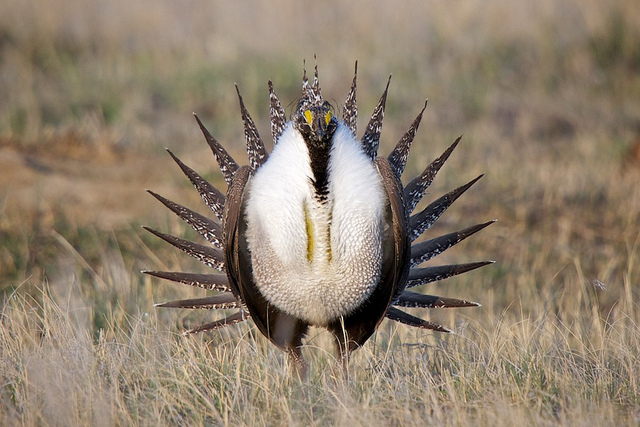
Greater Sage Grouse (© Randy Kokesch)
CURWOOD: Well, as Sarah Uhlemann noted, habitat loss is a major threat to many creatures - including one of our very own - the Greater Sage-Grouse. The US Fish and Wildlife Service has concluded the birds do need Endangered Species Act protection, but other creatures are even more threatened, so they'll have to wait. Meantime, as Michael Stein explains in today's BirdNote®, Sage-Grouse put on a wonderful show.
STEIN: Dawn breaks across the sagebrush country of the West on a brisk March morning.
[SAGE-GROUSE MALES PERFORMING]
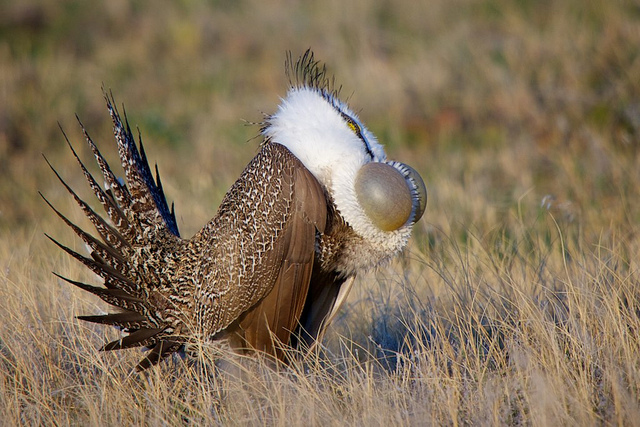
Greater Sage Grouse (© Randy Kokesch)
Already, fifteen male Greater Sage-Grouse are strutting on their traditional display area, a sparsely vegetated arena amid the sage.
[SAGE-GROUSE MALES PERFORMING]
As the sun rises, meadowlarks begin to sing.
[WESTERN MEADOWLARK SONG]
And we can now see the Sage-Grouse clearly. The enormous males are over two feet long, and weigh six pounds. They stand bolt upright, their long tails fanned like a turkey’s tail, the dark backs and bellies contrasting sharply with their white breasts. When they display, the sage-grouse simultaneously scrape their wings back and forth against their flanks, expel air from twin, fleshy chest-sacs the size of tennis balls, and call softly. The resulting sound combines swishing, popping, and cooing.
[SOUNDS OF SAGE-GROUSE MALES PERFORMING ON LEK]
At the display area, known as a lek, the male Sage-Grouse perform for mating rights with the smaller females looking on.
[SOUNDS OF SAGE-GROUSE MALES PERFORMING ON LEK]
As lands formerly covered in sage are converted to agriculture, so goes the fate of the magnificent Sage-Grouse. In some areas, the grouse have less than ten percent of their historical range.
[SOUNDS OF SAGE-GROUSE MALES PERFORMING ON LEK]
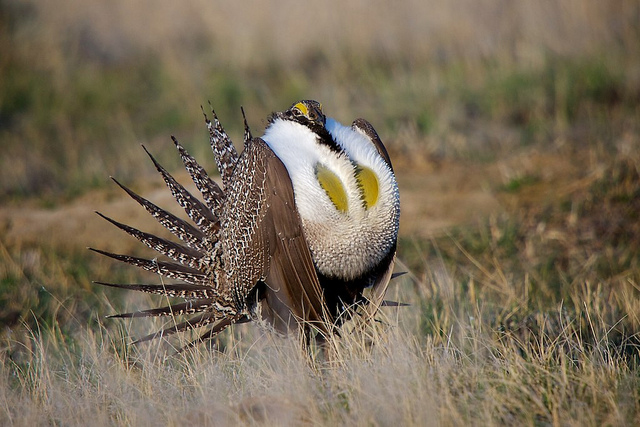
Greater Sage Grouse (© Randy Kokesch)
I’m Michal Stein
CURWOOD: To see some photos of the Sage-Gouse and leks, strut on over to our website loe.org.
[Written by Bob Sundstrom
Bird sounds provided by The Macaulay Library of Natural Sounds at the Cornell Lab of Ornithology, Ithaca, New York. Display sounds of the Greater Sage-Grouse recorded by G.A. Keller; call of the Western Meadowlark recorded by W.R. Fish
Producer: John Kessler
Executive Producer: Chris Peterson
© 2013 Tune In to Nature.org March 2013 Narrator: Michael Stein]
Related link:
BirdNote ©
[MUSIC: Bill Frisell “Poem For Eva” from Good Dog, happy Man (Nonesuch Records 1999)]
CURWOOD: On the next Living on Earth, at home with Humpback whales in the Caribbean .
WOMAN: The Dominican Republic receives almost the entire North Atlantic Humpback whale population. They're born here, they hold Dominican passports, they go north to feed, they always come back. That makes them Dominican citizens.
CURWOOD: Whales with passports...who knew? That's next time on Living on Earth.
Living on Earth is produced by the World Media Foundation. Naomi Arenberg, Bobby Bascomb, Emmett Fitzgerald, Qainat Khan, Helen Palmer, Adelaide Chen, James Curwood, and Gabriela Romanow all help to make our show. Jeff Turton is our technical director. Alison Lirish Dean composed our themes. You can find us anytime at LOE.org, and check out our Facebook page, it’s PRI’s Living on Earth. And we tweet from @LivingOnEarth. I'm Steve Curwood. Thanks for listening.
ANNOUNCER: Funding for Living on Earth comes from Stonyfield Farm, makers of organic yogurt, smoothies, and more. Stonyfield invites you to just eat organic for a day. Details at just eat organic dot com. Support also comes from you our listeners. The Go Forward Fund and Pax World Mutual and Exchange Traded Funds, integrating environmental, social and governance factors into investment analysis and decision making. On the web at Pax World dot com. Pax World, for tomorrow.
ANNOUNCER 2: PRI Public Radio International.
Living on Earth wants to hear from you!
Living on Earth
62 Calef Highway, Suite 212
Lee, NH 03861
Telephone: 617-287-4121
E-mail: comments@loe.org
Newsletter [Click here]
Donate to Living on Earth!
Living on Earth is an independent media program and relies entirely on contributions from listeners and institutions supporting public service. Please donate now to preserve an independent environmental voice.
NewsletterLiving on Earth offers a weekly delivery of the show's rundown to your mailbox. Sign up for our newsletter today!
 Sailors For The Sea: Be the change you want to sea.
Sailors For The Sea: Be the change you want to sea.
 The Grantham Foundation for the Protection of the Environment: Committed to protecting and improving the health of the global environment.
The Grantham Foundation for the Protection of the Environment: Committed to protecting and improving the health of the global environment.
 Contribute to Living on Earth and receive, as our gift to you, an archival print of one of Mark Seth Lender's extraordinary wildlife photographs. Follow the link to see Mark's current collection of photographs.
Contribute to Living on Earth and receive, as our gift to you, an archival print of one of Mark Seth Lender's extraordinary wildlife photographs. Follow the link to see Mark's current collection of photographs.
 Buy a signed copy of Mark Seth Lender's book Smeagull the Seagull & support Living on Earth
Buy a signed copy of Mark Seth Lender's book Smeagull the Seagull & support Living on Earth

